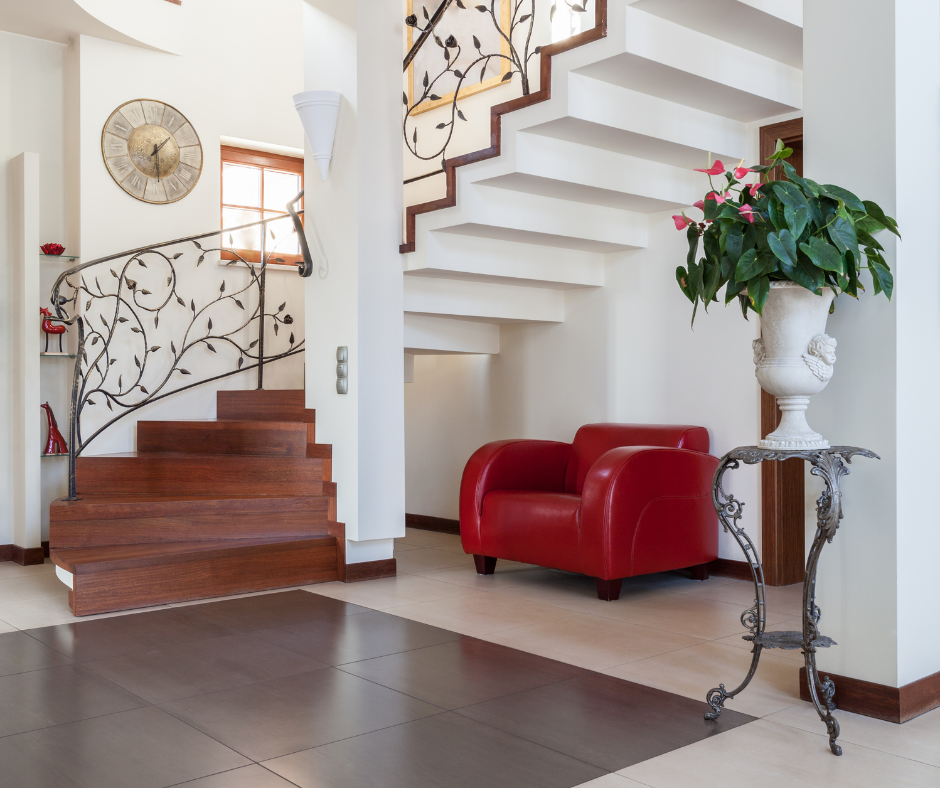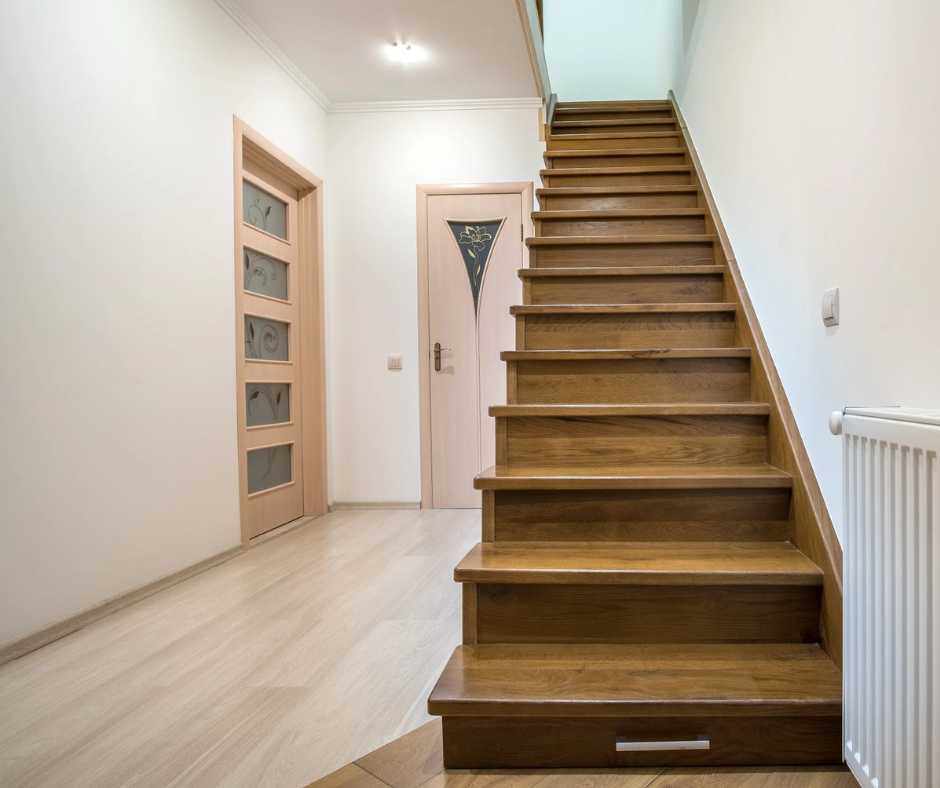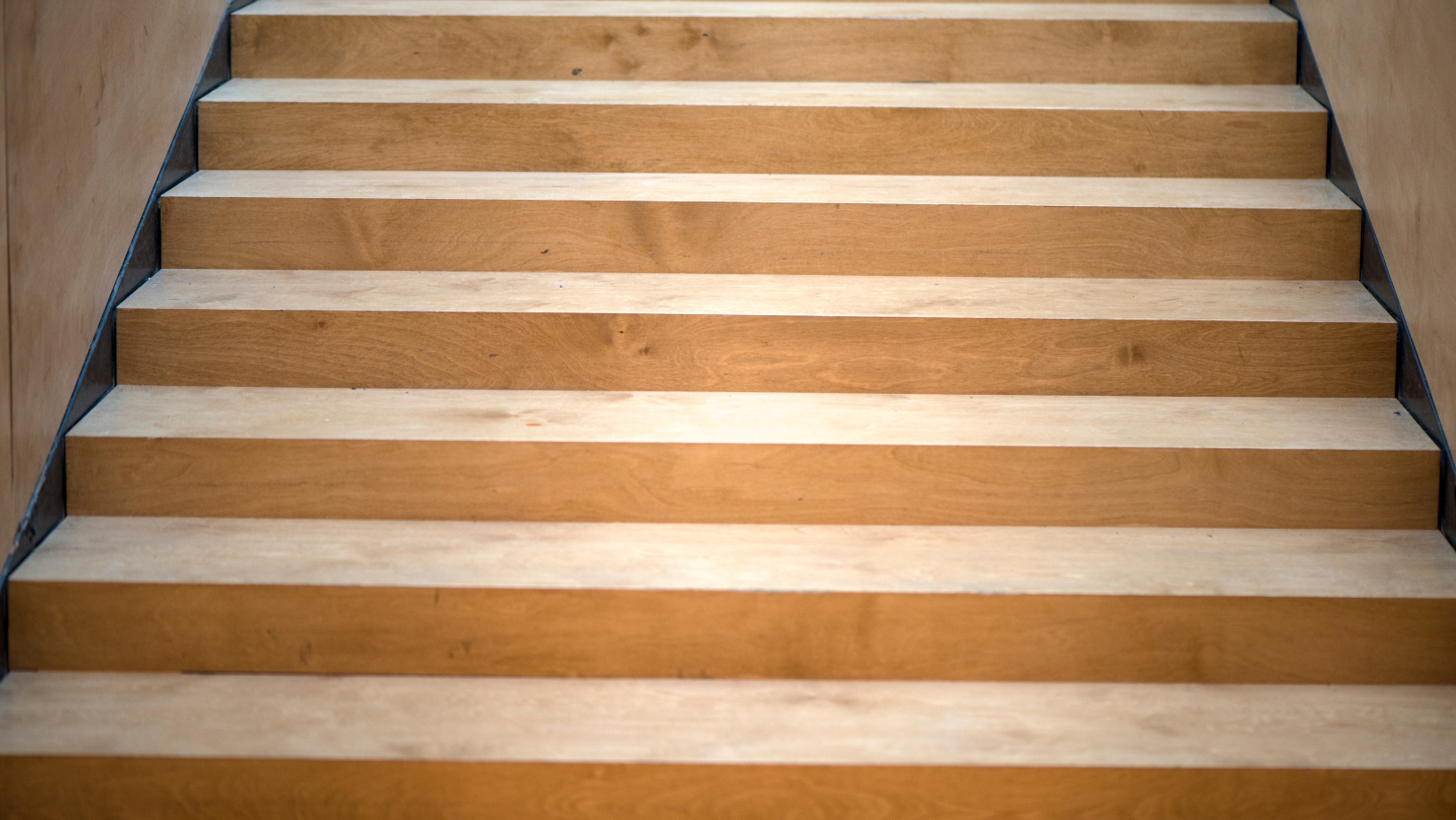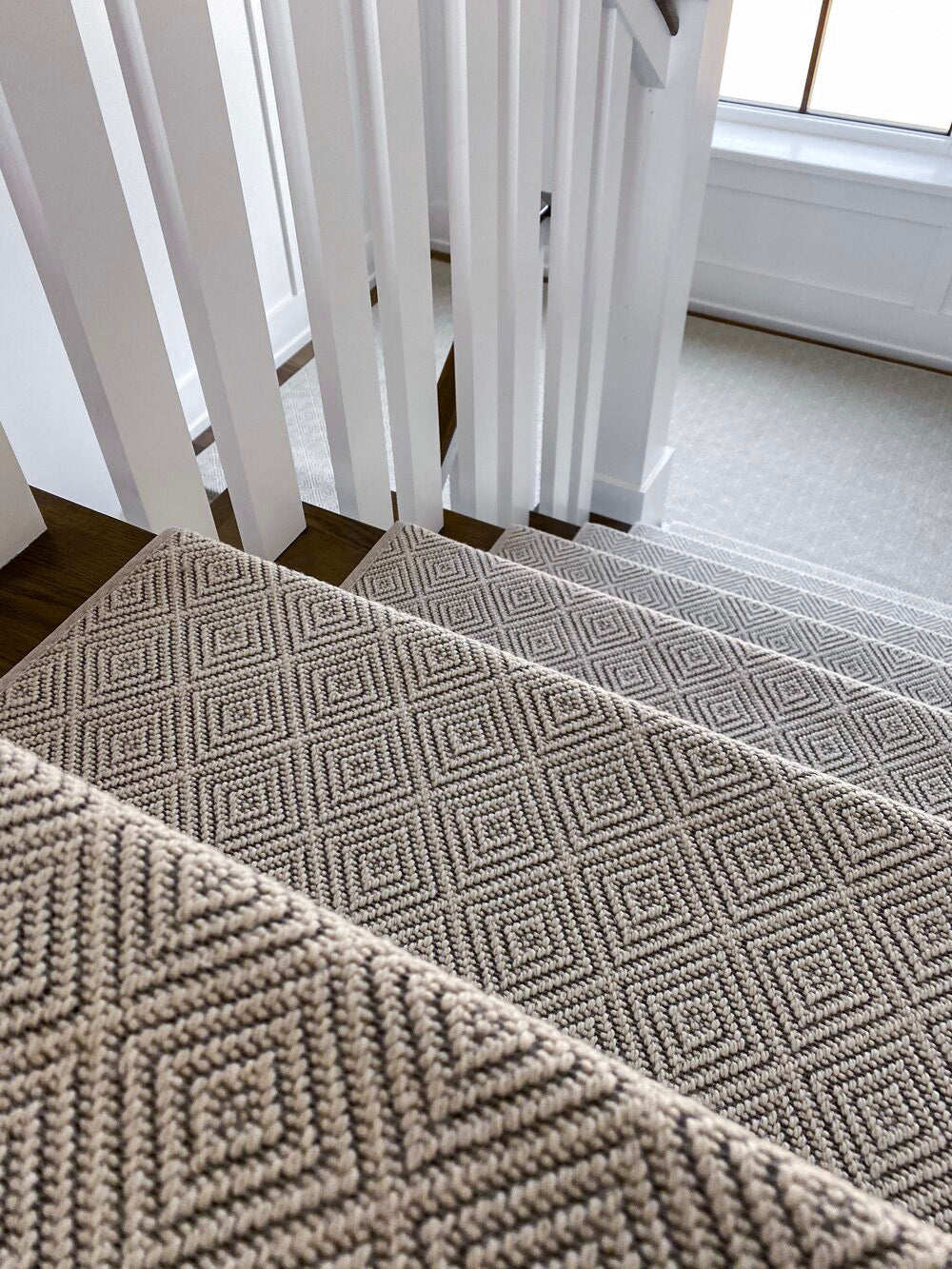Extending stair tread depth is a great way to improve safety and comfort in your home.
Shallow stairs can be difficult to walk on, increasing the risk of slips and trips.
Adding carpet stair treads is a simple and effective solution that enhances both function and style.
There are many ways to increase stair tread depth, depending on your staircase's structure.
Some methods involve replacing existing treads, while others add materials to extend the surface.
Understanding the best approach will help you create a safer and more comfortable staircase.
How to Increase Stair Tread Depth
Increasing stair tread depth makes stairs safer and more comfortable to use.
There are different ways to do this, depending on your staircase design and material choice.
Step 1: Measure the Existing Treads
Before making any modifications, measure the depth of your current stair treads.
Use a tape measure to determine the distance from the front edge to the back edge.
This will give you an idea of how much depth needs to be added to achieve a comfortable and safe stepping surface.
Step 2: Choose the Right Material
Selecting the right material for your stair treads is crucial.
Materials should be sturdy, durable, and match the overall aesthetic of your home. Common materials include:
-
Wood: A popular choice for traditional staircases, offering durability and a classic look.
-
Composite: A mix of wood fibers and plastic, providing excellent resistance to moisture and wear.
-
Metal: Often used in industrial settings but can also work in modern homes for a sleek appearance.
-
Carpet Stair Treads: An easy solution that increases stair tread depth slightly while improving traction and comfort.
Step 3: Cut the New Treads
Once you've selected your material, cut the new treads to the appropriate size.
Ensuring consistency in measurements will help maintain a uniform and professional look.
Step 4: Remove Existing Treads
Carefully remove the old treads from your staircase.
This step may require tools such as a crowbar or screwdriver, depending on how the treads are attached.
Be mindful not to damage the stair stringers during removal.
Step 5: Install the New Treads
Position the new treads onto the staircase, ensuring they fit securely.
Attach them using screws or nails, and consider using construction adhesive for added reinforcement.
If you are adding carpet stair treads, make sure they are properly aligned and pressed into place to avoid slipping hazards.
Step 6: Finish the Treads
Once the new treads are installed, sand down any rough edges and apply a stain or finish to match the rest of your staircase.
If you've added carpet stair treads, double-check that they are secured properly and evenly across each step.
The Importance of Consistent Stair Tread Depth
While it may be tempting to vary stair tread depths based on space constraints, doing so can create safety hazards.
Building codes typically require all treads on a staircase to have the same depth.
Consistent stair tread depth ensures that people can move up and down the stairs without unexpected variations that might cause trips or falls.
Stair Tread Maximum Depth and Code Regulations
The stair tread maximum depth allowed depends on local building regulations.
In most residential homes, stair treads should be between 10 to 11 inches deep.
However, some codes allow for deeper treads in commercial buildings to accommodate higher foot traffic.
Building codes exist to ensure staircases are safe and functional.
If you plan to extend stair tread depth, always check local regulations before making modifications.
Can Stair Treads Be Different Depths?
Although stair treads can be different depths in certain custom designs, it is generally discouraged due to safety concerns.
Uneven stair treads can make it difficult for people to establish a consistent walking rhythm, increasing the risk of missteps.
Most building codes require uniform stair tread depth, meaning each step should be the same size to prevent accidents.
Even slight variations in depth can cause instability, particularly for children, elderly individuals, or those with mobility issues.
Commercial Stair Tread Depth Requirements
Commercial stair tread depth regulations are stricter than those for residential staircases.
Because businesses experience higher foot traffic, commercial staircases must be designed to reduce trip hazards and improve accessibility.
The typical depth requirement for commercial stair treads ranges from 11 to 13 inches.
These deeper treads provide more stepping space, making stairs safer and easier to navigate, especially in workplaces, malls, or public buildings.
If you are modifying stair treads in a commercial setting, it is essential to follow regulations to avoid liability issues and ensure compliance with safety standards.
Do You Use 2x6 or 2x12 for Stair Treads?
When selecting wood for stair treads, both 2x6 and 2x12 boards are commonly used.
The best choice depends on the size and structure of your staircase.
-
2x6 Boards: Suitable for smaller staircases but may require additional support to ensure stability.
-
2x12 Boards: Ideal for larger staircases, providing more depth and structural integrity.
Choosing the correct board size is crucial for creating a sturdy, long-lasting staircase.
Common Mistakes to Avoid When Extending Stair Tread Depth
Some mistakes can make stair treads unsafe or poorly fitted.
Avoiding these errors will help create a durable and secure staircase.
Ignoring Building Codes
Failing to follow local building codes can lead to unsafe stairs and potential legal issues.
Always check the regulations in your area before making modifications.
Using Weak Materials
Selecting low-quality or improper materials can result in weak, unstable stairs.
Always choose durable materials designed to withstand regular foot traffic.
Improper Installation
Poor installation can lead to uneven treads, gaps, or weak attachment points.
Ensuring that stair treads are properly secured is critical for long-term safety and durability.
Benefits of Extending Stair Tread Depth
Deeper stair treads provide better support and reduce the risk of slipping.
They also improve comfort and add to the overall look of your stairs.
Better Safety
A deeper stair tread provides more room for each step, reducing the risk of slipping or missing a step.
This is particularly important for households with children, elderly individuals, or people with mobility issues.
More Comfort
Wider stair treads make climbing stairs easier by giving feet a more stable surface to land on.
This is especially beneficial in homes with steep or narrow staircases.
Enhanced Aesthetic Appeal
Extending stair tread depth allows for more design options.
You can choose from a variety of finishes and materials to create a visually appealing staircase that complements your home's interior.
When Should You Consider Extending Stair Tread Depth?
If your current stairs feel too shallow or uncomfortable to walk on, extending the tread depth may be a worthwhile investment.
Signs that indicate your stair treads may need adjustment include:
-
Frequent tripping or slipping on the stairs.
-
Difficulty placing your entire foot on each step.
-
Worn-out or unstable stair treads.
If any of these issues apply to your staircase, making improvements to your stair tread depth can significantly enhance both function and safety.
Steps To Success
Extending stair tread depth is a practical way to enhance both safety and design.
Whether you replace the treads or add carpet stair treads, increasing depth makes stairs easier to use.
Always follow local building codes to ensure your modifications are safe and compliant.
Investing in better stair treads improves the overall look and function of your staircase.
A deeper step provides more stability and makes everyday movement more comfortable.
Choosing high-quality materials will help you create a long-lasting and visually appealing upgrade.
Contact Us Today!
For high-quality carpet stair treads that enhance both safety and style, visit Oak Valley Designs.
-
Website: https://oakvalleydesigns.com/
-
Phone: 706.331.0315
-
Email: info@oakvalleydesigns.com
-
Address: 30 River Ct SW Bldg E Cartersville, Ga 30120




